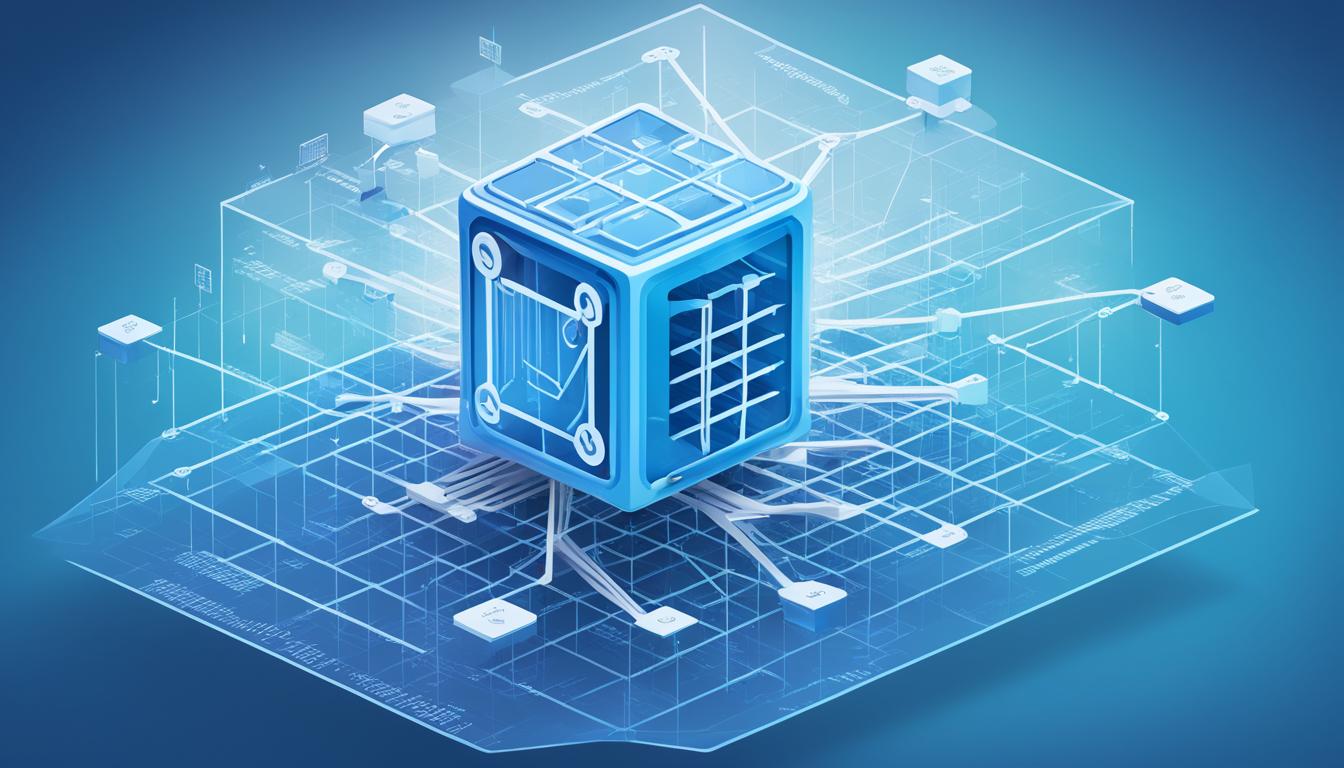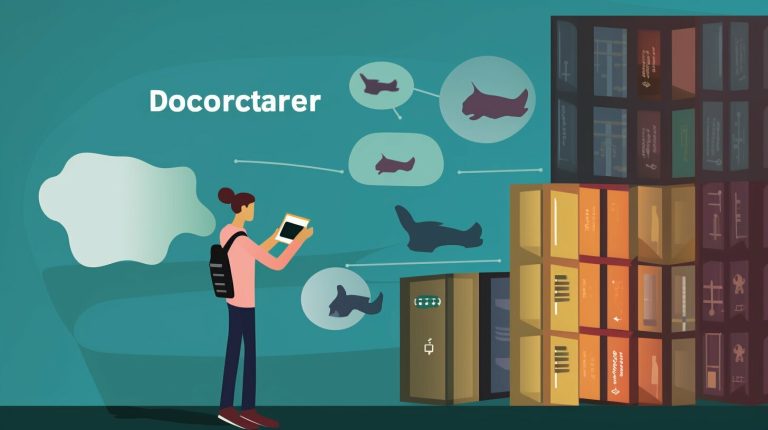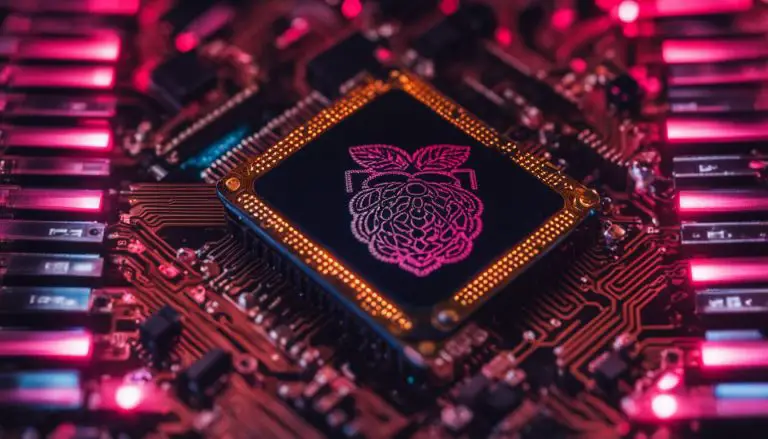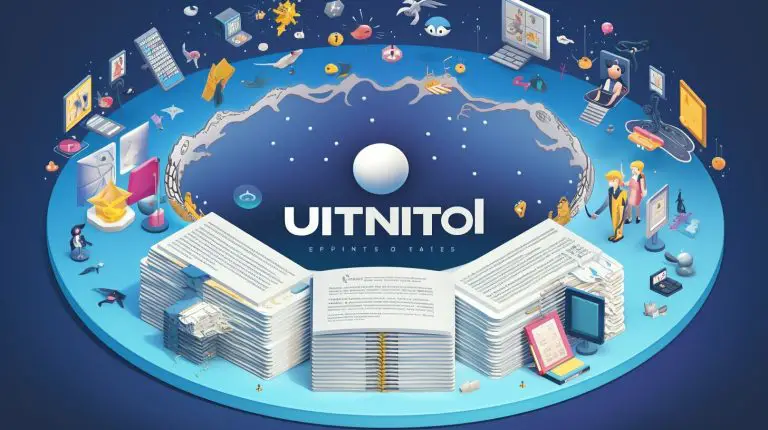Understanding What is Kubernetes – Easy Guide
Ever wondered how your favorite apps stay up and running smoothly? It’s thanks to Kubernetes. This open-source platform makes sure apps run well, grow as needed, and work without downtime. In this guide, we’ll make Kubernetes easy to understand for developers and companies.
Kubernetes helps apps run well by using containers. It makes sure apps use resources well and are always on. It started at Google and has grown with community help. This makes Kubernetes key for handling cloud-native apps. Are you ready to see why it’s so important?
Key Takeaways
- Kubernetes automates deployment, scaling, and management of containerized applications.
- The platform ensures high availability and efficient resource utilization.
- Google’s experience backs Kubernetes, supplemented by community best practices.
- Kubernetes orchestration is crucial for modern web service reliability.
- Understanding Kubernetes can significantly benefit developers and organizations.
Introduction to Kubernetes
Kubernetes is a powerful, open-source platform. It automates the management, deployment, and scaling of containerized workloads. It simplifies the complex processes of orchestrating containers. This makes it a key tool for modern software development and deployment.
Origins and History
Kubernetes started at Google and was open-sourced in 2014. Google used their experience to create Kubernetes. It helps developers manage containerized environments better. The name “Kubernetes” comes from Greek, meaning “helmsman” or “pilot.”
Google’s choice to open-source Kubernetes led to a lot of community contributions. This helped evolve Kubernetes and secure its market position. For more on its evolution, check out the kubernetes history on the official Kubernetes site.
Why Kubernetes is Important
Kubernetes is crucial for many reasons. It ensures apps run smoothly, supports canary deployments, and helps with storage and scaling. It’s now the top system for managing containerized systems.
The kubernetes importance shows in its ability to make complex tasks easier. This lets developers focus on innovation, not operational issues. Kubernetes is key for modern cloud-native apps.
What is Kubernetes?
Kubernetes is an open-source system designed to automate the deployment, scaling, and management of containerized applications. It was originally developed at Google and is now maintained by the Cloud Native Computing Foundation (CNCF). Kubernetes helps manage the complex tasks of running containers in production by making it easy to deploy, maintain, and scale applications.
At the heart of Kubernetes is its kubernetes architecture, which includes many components for high availability and reliability. The kubernetes deployment model lets developers define and manage how applications are deployed. This makes it easy to adjust and scale applications as needed, boosting efficiency and agility in development.
The kubernetes benefits are vast, including simplifying infrastructure and monitoring service health. Kubernetes automates scheduling, self-healing, and networking, making it crucial for modern app deployment and management.
Kubernetes Architecture Explained
Kubernetes has a well-thought-out architecture with a control plane and nodes at its core. This setup helps it manage containerized applications efficiently at a large scale.
Control Plane Components
The kubernetes control plane is key to running the cluster smoothly. It includes several important parts:
- kube-apiserver: Handles and checks API requests.
- etcd: A reliable key-value store for all cluster data.
- kube-scheduler: Picks the right node for workloads based on resources.
- kube-controller-manager: Keeps the cluster in the desired state.
- cloud-controller-manager: Deals with cloud-specific controller tasks.
Node Components
Each node in Kubernetes is a worker machine where containers run. These nodes have key components:
- kubelet: Manages application instances on its node.
- kube-proxy: Routes network traffic for services on each node.
- Container Runtime: Runs the containers (like Docker). Learn more about Docker services.
For more details on these components, check the official Kubernetes documentation.
Networking in Kubernetes
Kubernetes networking is crucial for smooth communication in the cluster. It includes:
- Internal Service Discovery: Helps services talk to each other in the cluster.
- Public Exposure: Controls how services interact with the outside world.
The kubernetes networking model makes complex networking easy, ensuring strong and steady connections across containerized apps.
Key Features of Kubernetes
Kubernetes is known for its strong and varied set of features. These features greatly improve how containers are managed and orchestrated. Let’s look at some key kubernetes features that make it vital for today’s apps.
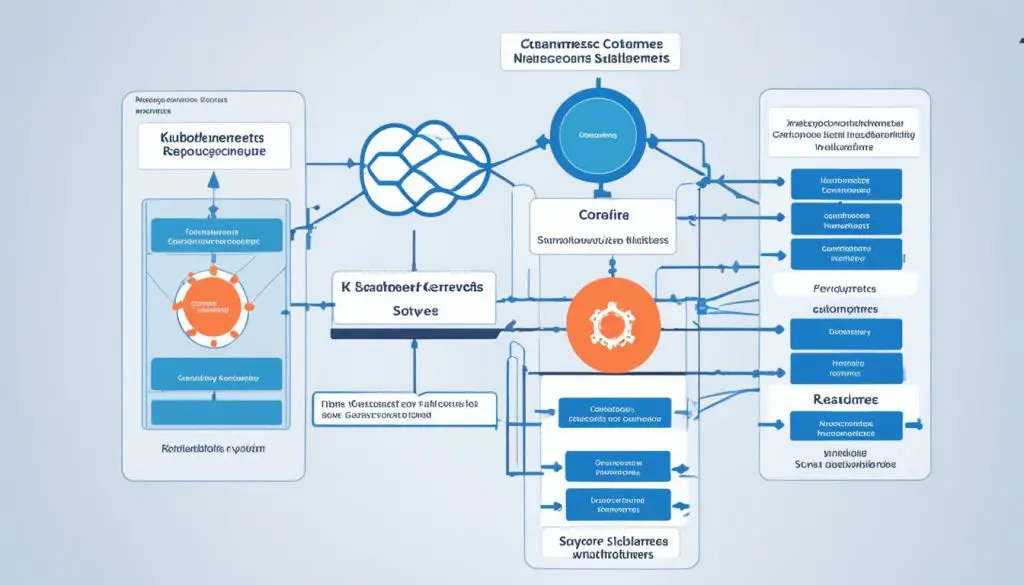
Automated Rollouts and Rollbacks
Automated rollouts and rollbacks are big deals in Kubernetes. They make sure updates to apps are smoothly rolled out. This means apps can be updated step by step, checked for health, and rolled back if there are problems.
This makes updating apps easier and keeps the system reliable.
Service Discovery and Load Balancing
Kubernetes is great at service discovery and load balancing. Containers can find each other using DNS names or IP addresses. This keeps them easy to find.
It also spreads out network traffic across containers. This keeps the system stable and fast, even when lots of people are using it. This is key for making apps scale well.
Self-Healing
Self-healing is a top feature of kubernetes. It keeps an eye on containers and restarts or replaces ones that fail or stop working. It makes sure bad containers don’t bother users until they’re fixed.
This makes apps more reliable and available all the time.
Getting Started with Kubernetes
Starting with Kubernetes means learning how to install and understand basic terms. This guide will help you with the kubernetes installation and setup. It aims to make starting with containerized apps easy.
Installation and Setup
First, pick a Kubernetes distribution that fits your setup. K3s is great for simplicity, while Minikube is good for local testing. After choosing, set up the control plane, connect nodes, and install Kubectl. For a detailed guide, check here.
Basic Terminology
Knowing basic Kubernetes terms is key for managing clusters well. Important terms include:
- Nodes: These are the worker machines in Kubernetes.
- Pods: The smallest unit of deployment, made up of one or more containers.
- ReplicaSets: These ensure a set number of pod replicas run at all times.
- Deployments: Controllers that update Pods and ReplicaSets based on a plan.
- Namespaces: These are like virtual clusters within one environment, helping to keep resources separate.
These terms are vital for managing Kubernetes resources. For more info, check out sources like Portainer.
Kubernetes vs. Docker: Understanding the Differences
When talking about containerization, it’s key to know the roles of Kubernetes and Docker. They are often mentioned together, but they serve different purposes. This difference affects which technology is best for a project.
Core Differences
Docker is all about making, running, and managing containers. It’s a tool that gives apps their own space, great for local work and handling containers one by one. Kubernetes, however, is for managing many containers across several machines. It’s like the big boss of your container setup, making sure apps run well on different machines.
Use Cases of Each
Docker is best in development, where you need to work with single containers. It helps solve the “works on my machine” issue by keeping environments consistent. Kubernetes is for big, complex systems. It has advanced features for deploying and fixing apps, making it perfect for large-scale projects. Knowing how Docker and Kubernetes differ helps companies use both to their advantage, improving their container strategy.
FAQ
What is Kubernetes?
How did Kubernetes originate?
Why is Kubernetes important?
What does the Kubernetes architecture consist of?
What are some key features of Kubernetes?
How can I get started with Kubernetes?
What are the differences between Kubernetes and Docker?
What are the use cases for Kubernetes and Docker?
Source Links
- https://spacelift.io/blog/kubernetes-tutorial
- https://kubernetes.io/docs/tutorials/kubernetes-basics/
- https://kubernetes.io/docs/concepts/overview/
- About the Author
- Latest Posts
Mark is a senior content editor at Text-Center.com and has more than 20 years of experience with linux and windows operating systems. He also writes for Biteno.com
